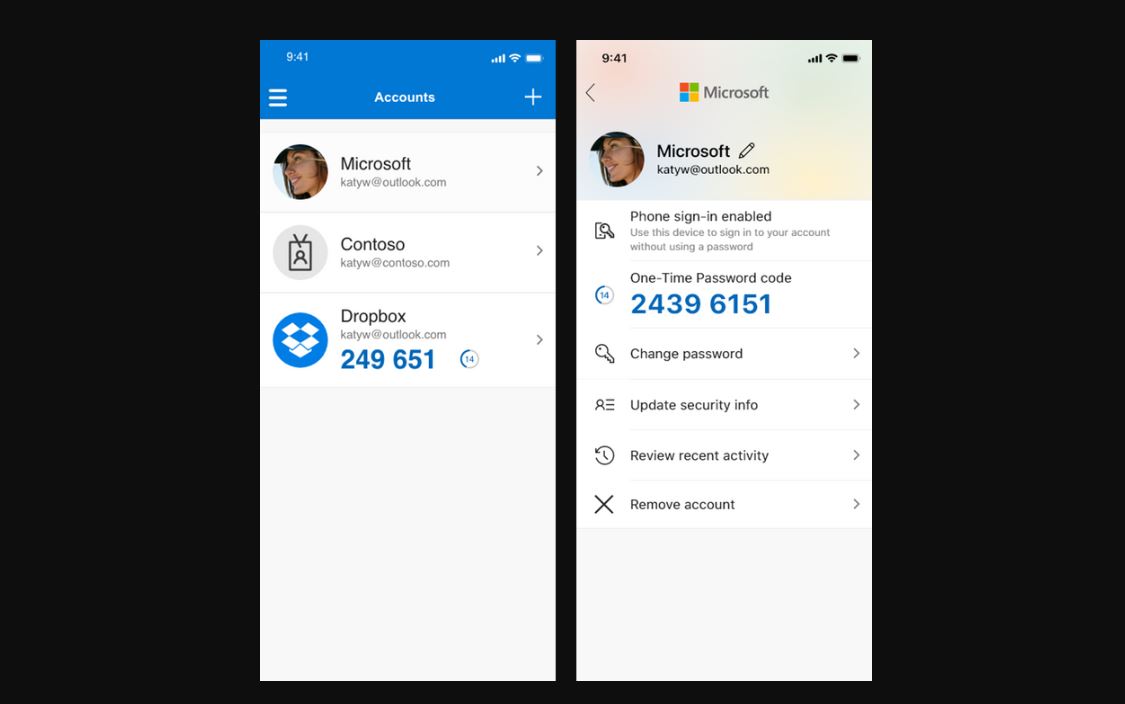
On the basis of the GDPR, the UT must provide additional security for these applications via authentication in multiple steps: MFA. The UT uses several applications that process sensitive personal data. Using only a username and password to log in no longer suffices. Sensitive personal data are, of course, sensitive by nature and enjoy extra protection under the GDPR. The requirements for processing sensitive personal data have been increased with the General Data Protection Regulation (GDPR). Your sim card can easily be moved to a different device. Otherwise, you can no longer access your UT account when your phone is broken. Please always set up a second MFA method, like sending an SMS. Please enter the 6-digit code from your MS Authenticator app, or token.Most people use the Microsoft Authenticator app for Multi-Factor Authentication (MFA).Are you using the Microsoft Authenticator - notification option, check for a clear instruction on how this works this FAQ (heading ‘Multi Factor Authentication (MFA) extended with number matching’).On the website you can see which 'Default sign-in method' you have set for your UM account.What changes for you depends on your default MFA sign-in method.

This feature is intended to prevent accidental approval of fraudulent login attempts (as a result of so called ‘MFA fatigue’ or ‘push bombing’). Type that number into the app to complete the approval and continue the login process. When you respond to an MFA push notification using the Authenticator app, you will be presented with a 2-digit number.

VPN: secure network connection to the university.Webbased UM Services such as Intranet, Studentportal, Canvas and SAP Successfactors.The activation of MFA within UM is therefore an extra security measure to protect accounts and thereby UM data and systems. This two-step verification makes it difficult for unauthorized individuals to gain access to your UM account since it requires a combination of two or more ‘factors’ to gain entry. After you enter your UM credentials (something you know), there is a second authentication step via a separate device, such as your mobile phone (something you have).

In practice, Multi factor authentication (MFA) adds an extra step to the login process. This login method is also widely used by the Dutch government (DigiD) and banks (for secure online banking). This makes logging in from the office and the home even safer. Multi Factor Authentication (MFA) requires users to provide an additional form of verification, apart from a username and password, to successfully log in.


 0 kommentar(er)
0 kommentar(er)
